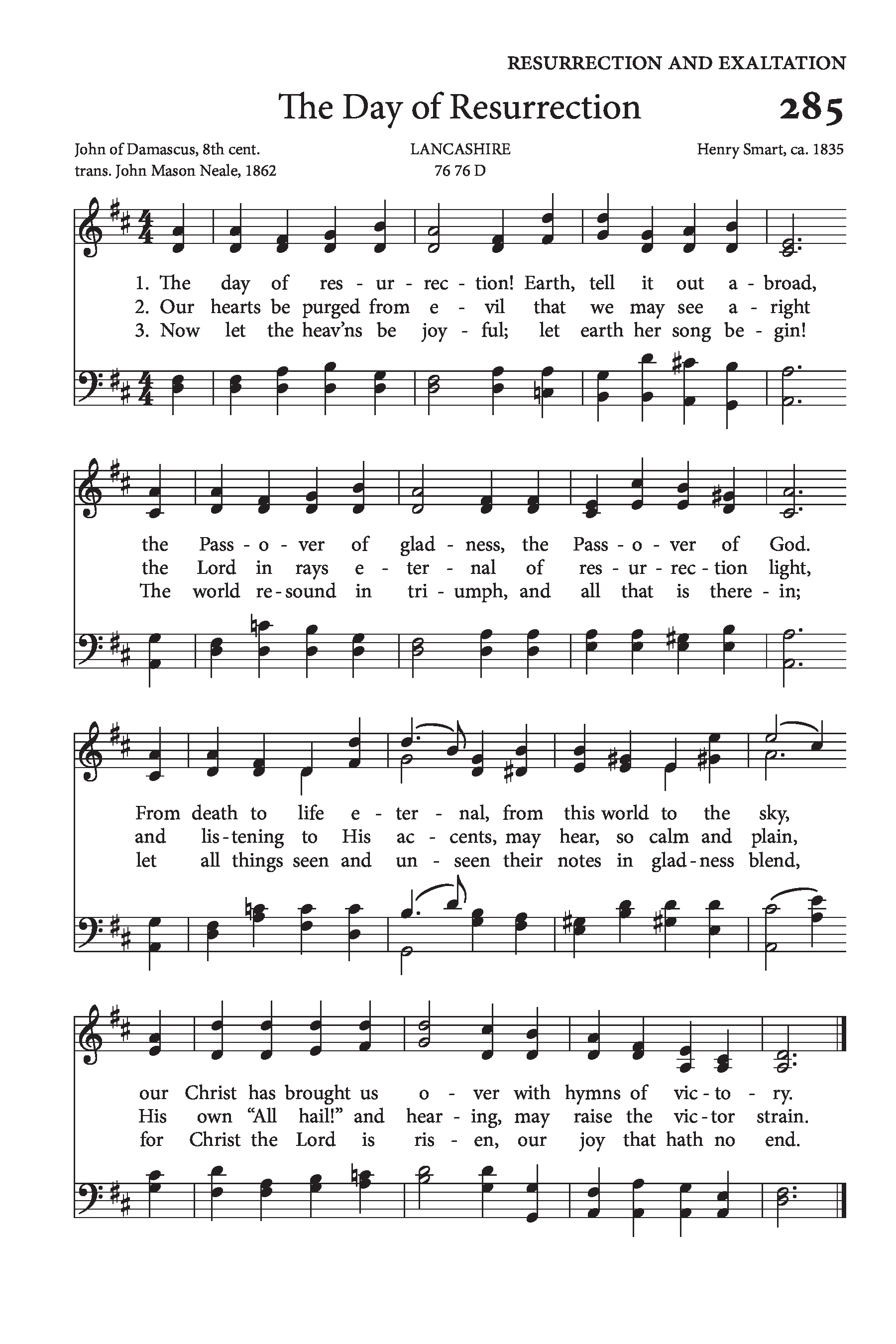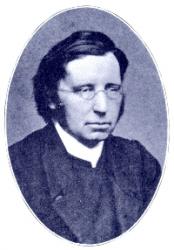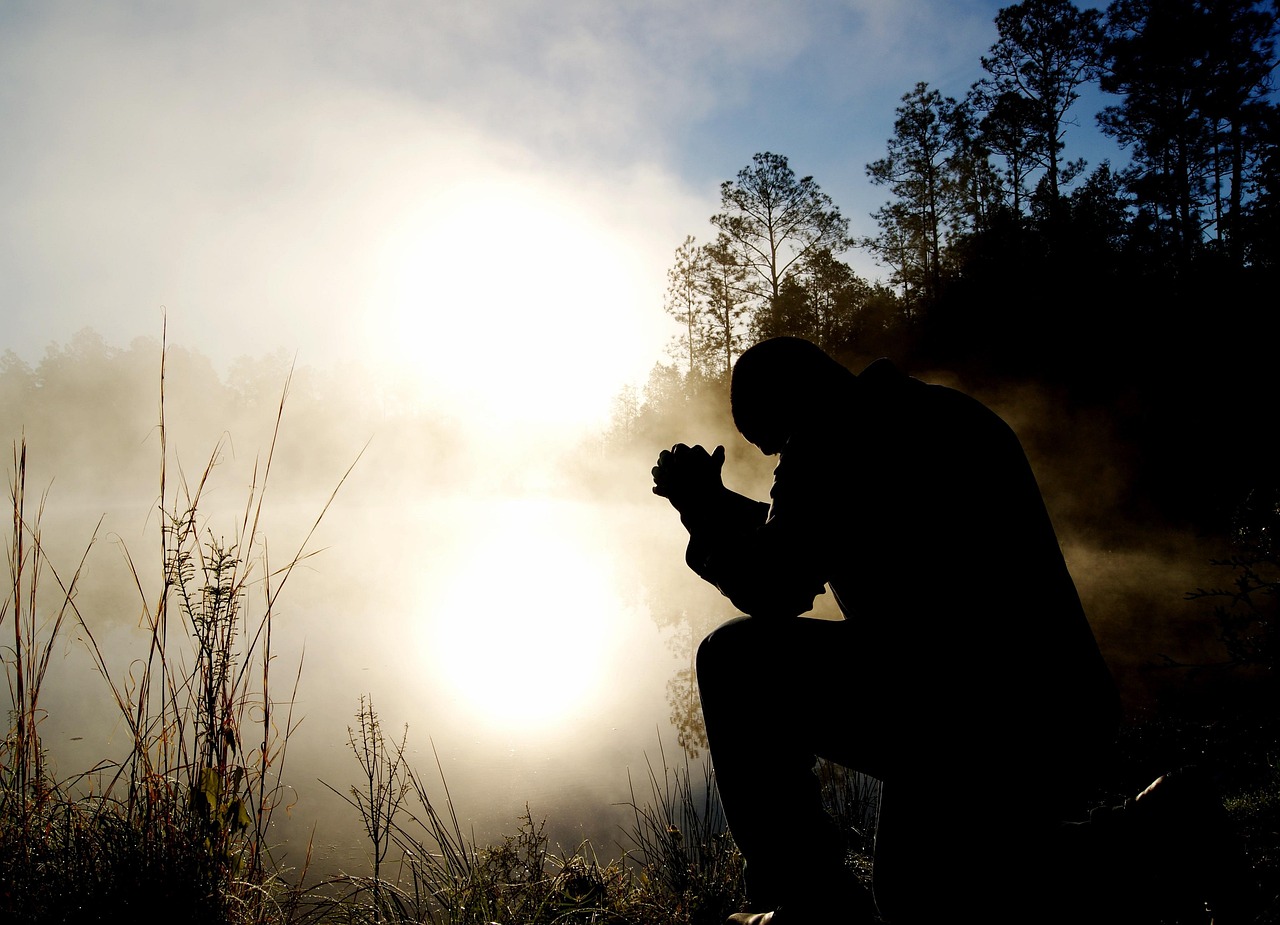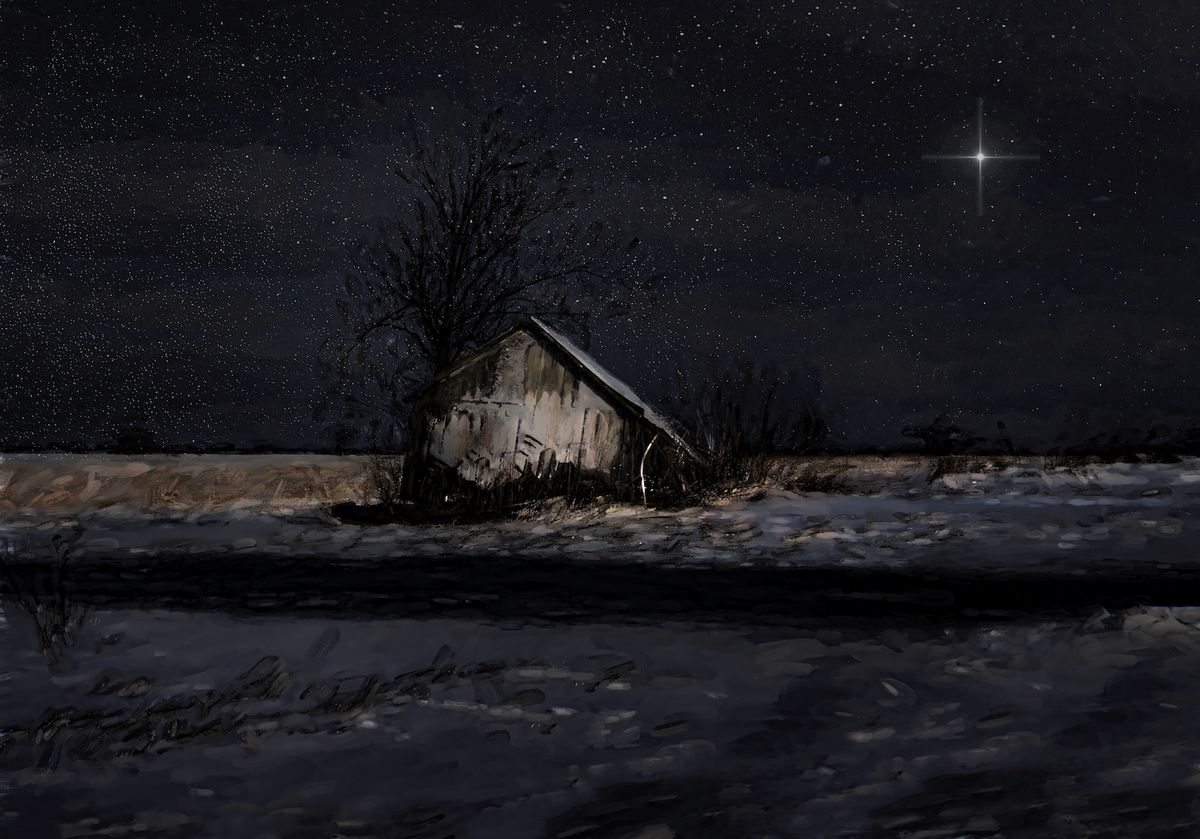The Day of Resurrection
By J. M. Neale
Lyrics
Earth, tell it out abroad;
the passover of gladness,
the passover of God.
From death to life eternal,
from earth unto the sky,
our Christ hath brought us over,
with hymns of victory.
that we may see aright
the Lord in rays eternal
of resurrection light;
and listening to his accents,
may hear, so calm and plain,
his own "All hail!" and, hearing,
may raise the victor strain.
Let earth the song begin!
Let the round world keep triumph,
and all that is therein!
Let all things seen and unseen
their notes in gladness blend,
for Christ the Lord hath risen,
our joy that hath no end.
Bible Reference
2 Corinthians 2:14
About This Hymn
Author – John of Damascus, early 8th century
English Translation – John M. Neale, 1818–1866
Music – Arranged from J. Michael Haydn, 1737–1806
Tune Name – “Greenland”
Meter – 16.16 Doubled
Scripture Reference – 2 Corinthians 2:14
“Now thanks be unto God, which always causeth us to triumph in Christ.”
“The Day of Resurrection” is one of the oldest hymns still sung in Christian worship today, originating in the early 8th century. Its text was penned by John of Damascus, a revered theologian, philosopher, and hymn writer of the Greek Orthodox Church, born around A.D. 676. His writings emerged several centuries before the formal split between the Eastern and Western branches of Christianity in 1054. John was a monk at the famed Mar Saba Monastery near Jerusalem, which became a wellspring of Orthodox Christian leadership. As a prolific scholar, he contributed significantly to theology, science, and music, but his most celebrated legacy lies in his contributions to Greek hymnody. He helped shape the development of the Canon, a series of liturgical chants, and crafted the Golden Canon for Easter, a triumphant and theologically rich song considered the pinnacle of Greek sacred poetry. “The Day of Resurrection” is adapted from this canon, carrying with it the exuberance and victory of the Resurrection celebration in the Eastern Church.
Easter in the Greek Orthodox tradition is a time of unmatched joy and dramatic ceremony. One of the most memorable rituals involves the burial of a cross beneath the high altar on Good Friday, which is triumphantly raised on Easter morning amid cries of “Christos egerthe” (“Christ is risen”). The scene is filled with radiant joy, torches flare, bells ring, and cannons thunder—as clergy and laity alike proclaim the victory of Christ over death. A vivid historical description recounts worshipers clasping hands, embracing joyfully, and rejoicing as though a personal miracle had been announced to each individual. Rising above the jubilant noise, the voices of elderly priests chant boldly, “Christ is risen from the dead, having trampled death beneath His feet, and henceforth they that are in the tombs have everlasting life.”
During the 19th century, the Oxford Movement in the Church of England sparked a revival of interest in ancient liturgies and hymns from both the Roman and Eastern branches of Christianity. One of the foremost leaders in this effort was John Mason Neale, an Anglican priest and brilliant hymnologist. Neale, a Cambridge scholar proficient in over twenty languages, dedicated his life to translating and reintroducing ancient texts to the modern church. Unlike some of his contemporaries in the Oxford Movement who converted to Roman Catholicism, Neale remained within the Anglican Church and served faithfully. His translation of “The Day of Resurrection” first appeared in his 1862 publication Hymns of the Eastern Church. Neale's work, including translations of such hymns as “O Come, O Come, Emmanuel,” “All Glory, Laud and Honor,” and “Art Thou Weary?”, has significantly enriched the hymnody of the English-speaking world.
The music most commonly associated with this hymn is the tune “Greenland,” arranged from the works of Johann Michael Haydn, the younger brother of famed composer Joseph Haydn. The tune first appeared in Haydn’s Services for Country Churches and was originally paired with Reginald Heber’s missionary hymn “From Greenland’s Icy Mountains,” from which it took its name. The stately and jubilant melody fits well with the triumphant message of the Resurrection and enhances the hymn’s celebratory tone. Haydn is also believed to have composed the tune “Lyon,” used for “O Worship the King.”
“The Day of Resurrection” stands as a timeless proclamation of Easter joy. Adapted from one of the most revered hymns in the Greek Orthodox tradition and faithfully rendered into English by one of Anglicanism’s greatest translators, it reminds believers across generations and cultures of the central truth of the Christian faith: Christ has risen in victory, and through Him, all who believe are raised to new life.


📬 Subscribe to Our Devotional Updates
Receive weekly hymns, devotionals, and website features directly in your inbox.
Hymn Information

- Category: Hymn
- Author/Writer: J. M. Neale (1862)
- Added: July 11, 2025
- Last Updated: July 11, 2025
- Views: 669
MIDI File
Recent Blog Posts
-
 How to Develop a Consistent Prayer Schedule
How to Develop a Consistent Prayer Schedule
Dec 11, 2025 -
 How to Forgive Someone Who Deeply Hurt You
How to Forgive Someone Who Deeply Hurt You
Dec 11, 2025 -

-
 Why Christmas Is Celebrated on December 25
Why Christmas Is Celebrated on December 25
Dec 11, 2025 -
 10 Most Renowned Hymn Writers
10 Most Renowned Hymn Writers
Dec 10, 2025
Visit Us on Social Media
Latest from X (Twitter)
Tweets by HymnalLibraryLatest from Facebook
Latest on YouTube
Daily Bible Verse
Disclaimer
The hymns, sheet music, MIDI files, and related content on this website are provided for educational and research purposes only.
- Public Domain: Many of the hymns featured here are in the public domain and may be freely used.
- Copyrighted Works: Some hymns may still be under copyright protection. Where applicable, permission has either been requested from the copyright owner, or the content is shared under the principles of fair use for educational purposes.
⚠️ Important Notice: If you wish to reproduce, distribute, or use any copyrighted hymn beyond personal study or educational use, you must obtain permission directly from the copyright holder. This website does not grant any rights for commercial use yet.
If there is any other question please address it to us in our Contact Page, for further assistance. Thank you for using the site. May God Bless You.